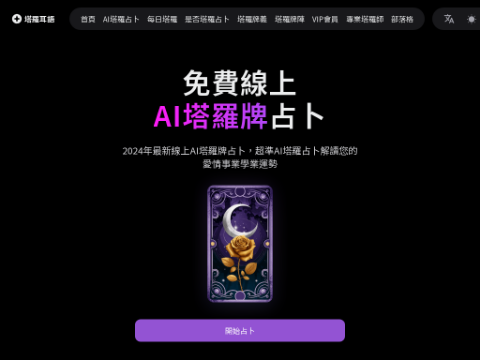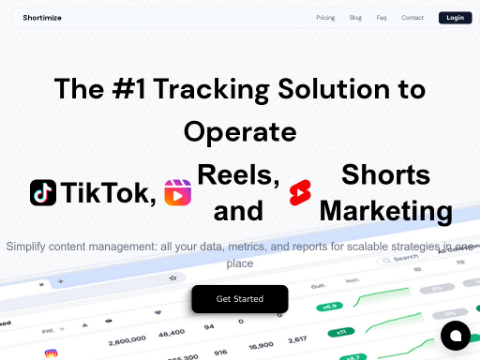Microsoft partners with Be My Eyes to deliver more inclusive AI services to approximately 340 million individuals worldwide with blindness or low vision. The collaboration centers on enhancing AI models' scene comprehension capabilities to address significant existing technological gaps.
Currently, numerous AI models struggle with objects and scenes related to disabilities. Data quality is critical in AI training; however, existing datasets often overlook or misrepresent the voices and experiences of individuals with disabilities. This 'disability data gap' results in AI systems missing essential contextual information, thereby limiting their effectiveness and exacerbating biases.
For instance, Microsoft research has found that in popular image datasets, the recognition accuracy for objects like braille devices is approximately 30% lower. This disparity in accuracy hinders the practicality of AI for individuals with visual impairments and may even amplify detrimental stereotypes.
Be My Eyes connects visually impaired individuals with sighted volunteers via video calls, and will now provide Microsoft with a unique video dataset. These videos capture real-life scenarios encountered by blind and low-vision users, including challenging lighting conditions and uncommon objects.
Privacy protection is the top priority of this collaboration. Be My Eyes will remove all personal information from video metadata before sharing videos with Microsoft. Additionally, Be My Eyes users will have the option to opt out of data sharing, ensuring transparency and control over their data.
Microsoft’s partnership with Be My Eyes dates back to 2017, when Be My Eyes was integrated into Microsoft’s disability services platform. Last year, Microsoft piloted AI support features for Be My Eyes, and recently, Be My Eyes launched a Windows application. These initiatives have provided both parties with valuable insights and have laid the groundwork for deepened collaboration today.
This collaboration is part of Microsoft’s initiative to advance responsible AI development. By partnering with Be My Eyes, Microsoft aims to bridge data gaps and make AI more inclusive. This effort goes beyond developing tools for specific user groups; it involves reshaping how technology interacts with everyone. Disabilities can be situational, temporary, or permanent, and AI trained on inclusive data can significantly enhance the quality of life for individuals with various disabilities by providing more accurate scene descriptions and adapting to diverse speech patterns in voice interactions.
As AI technologies, tools, and services become increasingly widespread and integrated into daily life, prioritizing accessibility from the outset is vital, rather than treating it as an afterthought.








